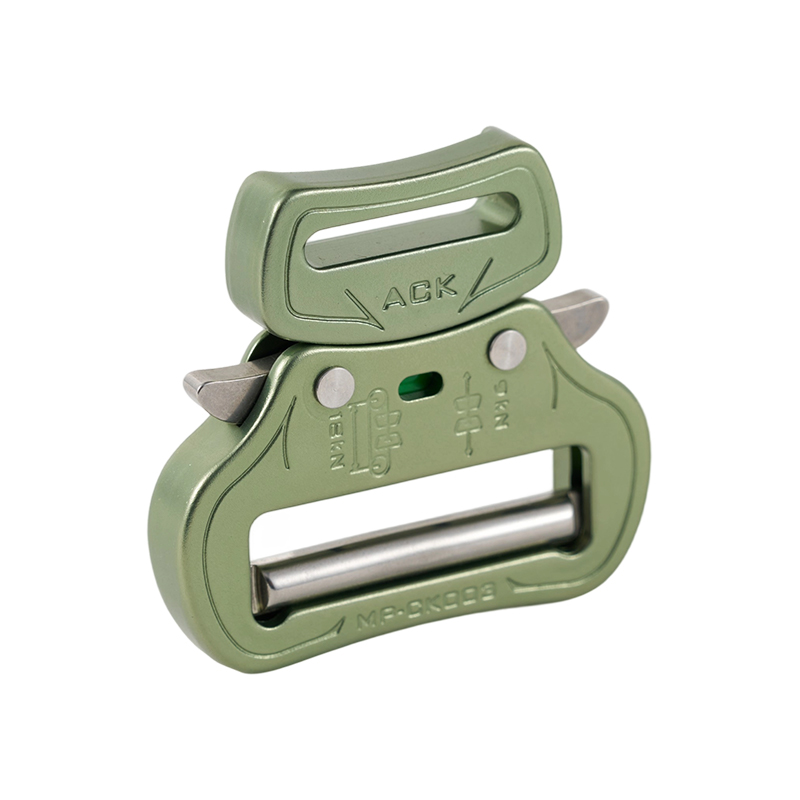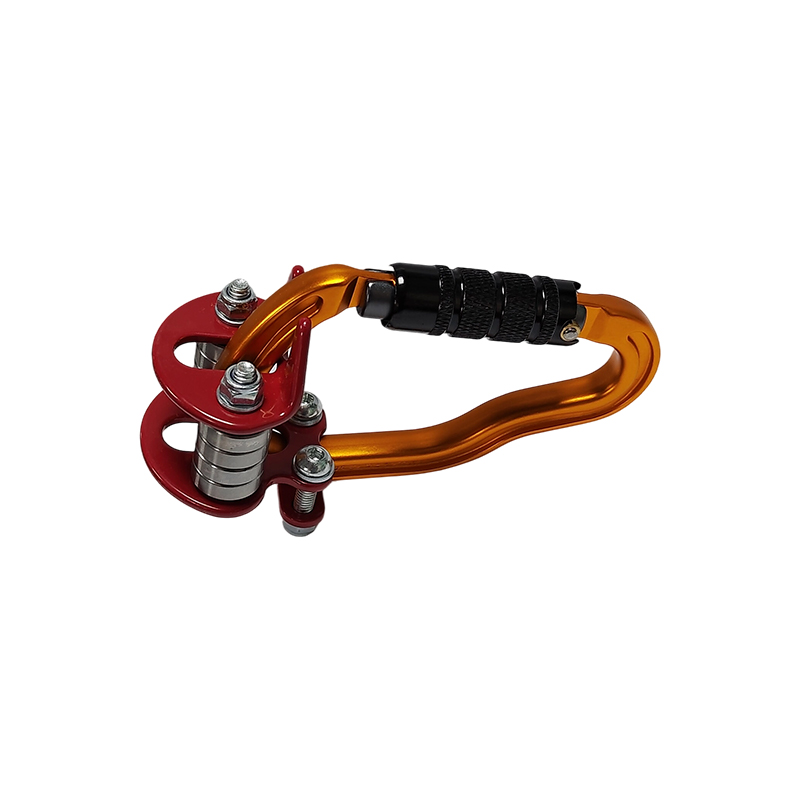Ensuring outdoor rock climbing safety requires comprehensive control across four dimensions: equipment, skills, environment, and teamwork. The core principle is "prevention first, risk management" to prevent accidents caused by negligence in any single link.
1. Equipment Safety: Ensure Every Piece of Equipment is Reliable
Equipment is the first line of defense for rock climbing safety and must be rigorously inspected and used correctly.
Core Equipment Inspection: Inspect each piece before each use, focusing on wear, deformation, and aging.
Ropes: Inspect for broken strands, fuzzing, and signs of UV aging, ensuring no more than 10% of the monofilaments are broken.
Carabiners/Quickdraws: Inspect for smooth locking, effective locking mechanisms, and cracks or signs of metal fatigue.
Harnesses: Inspect the waist and leg straps for wear and tear, secure buckles, and no loose threads or corrosion.
Equipment Maintenance and Replacement: All equipment must be regularly maintained according to the manufacturer's instructions. Core load-bearing equipment (such as ropes and harnesses) must be replaced after five years of use or after experiencing severe impact, even if they appear to be undamaged. II. Skills and Knowledge: Ability to Manage Risks
Inadequate technical skills are a major contributor to safety accidents. Mastering foundational skills and continuous learning are essential.
Mastering Core Skills: Proficiency in at least three key skills, verified through practical training under the guidance of a professional instructor.
Knotting Techniques: Ability to independently tie a double figure-eight knot (used for connecting a safety harness) or a Bollinger Hitch, ensuring a tight, secure knot.
Belaying Techniques: Master the correct procedures for top and lead belays, including brake end control and buffering to avoid excessive rope stress during a "sudden fall."
Descending Techniques: Proficiency in the use of descenders such as ATC and GRIGRI, enabling rapid switching to alternate descent methods in emergency situations (e.g., rope jams).
Learning Risk Assessment: Understand how to identify common climbing risks, such as determining whether a hold is loose or whether the rock face presents a risk of rockfall, and avoid climbing in inclement weather such as heavy rain or strong winds.
Measures to ensure safety in outdoor rock climbing
Oct 24, 2025

 English
English











